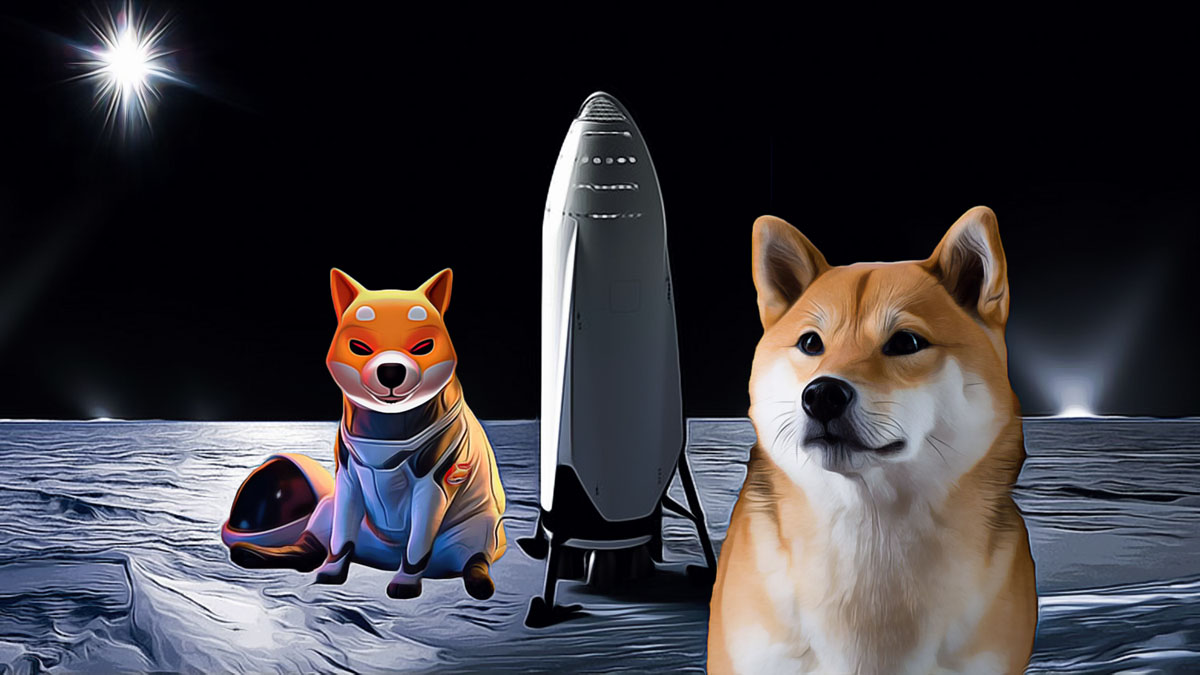
A seasoned cryptocurrency analyst has recently updated insights on POPCAT, a meme coin that has seen extraordinary growth over the past year. POPCAT, emerging as a top performer among the top 300 cryptocurrencies, has captured the attention of both investors and analysts alike.
What Drives Cat-Themed Meme Coins?
The crypto analyst, Altcoin Sherpa, shared with followers on the social media platform X that cat-themed meme coins like POPCAT have shown significant potential, with a 23,000% increase since the beginning of the year. He highlighted a renewed upward trend in the market structure, suggesting that investors might consider purchasing during market dips. However, he cautioned that these predictions are not foolproof, and he won’t be accountable for any losses.
Is Bitcoin’s Rally Sustainable?
Sherpa also issued advice on Bitcoin, urging caution despite its recent positive movements. He noted that since April, Bitcoin’s rallies have consistently resulted in lower highs and lows. Breaking through key resistance levels could indicate a new market structure characterized by higher highs and lows.
Key insights from Sherpa’s analysis:
– POPCAT and similar meme coins are gaining momentum, indicating potential investment opportunities.
– Bitcoin requires a breakthrough of resistance levels to establish a consistent upward trend.
– Bitcoin’s dominance is growing, but select altcoins might perform better.
Staying vigilant in monitoring these market dynamics can provide valuable opportunities for investors. By understanding the signals, such as the increased interest in cat-themed tokens and the potential shifts in Bitcoin’s performance, investors can tailor strategies to capitalize on emerging trends. Adapting to these changes can be crucial for maximizing investment returns in the ever-evolving cryptocurrency landscape.
Disclaimer: The information contained in this article does not constitute investment advice. Investors should be aware that cryptocurrencies carry high volatility and therefore risk, and should conduct their own research.








